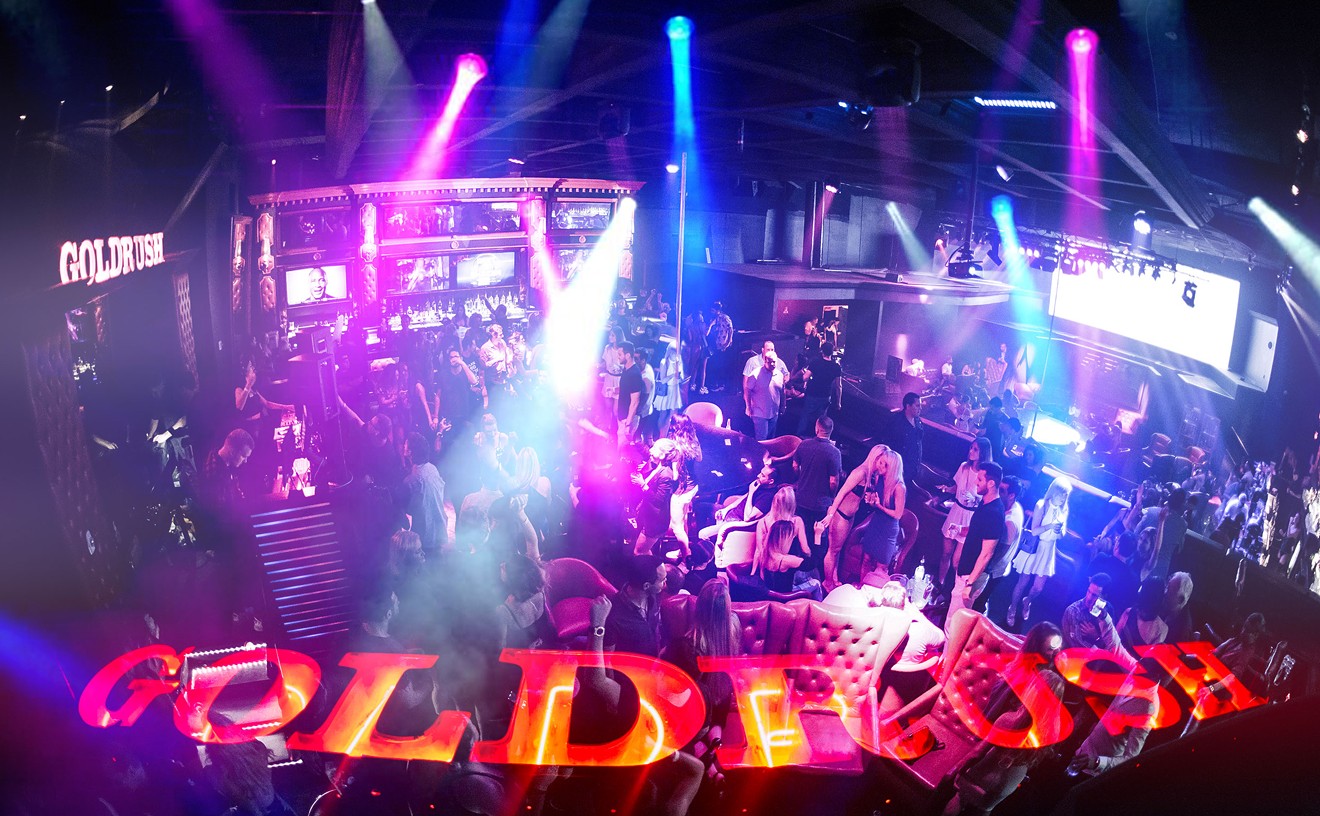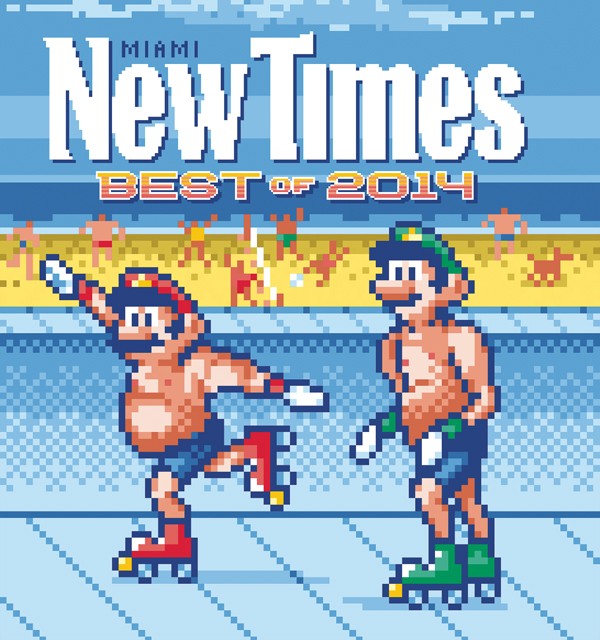The ghosts of Jackie Gleason and Jerry Garcia roam these halls. Opened in 1950 as the Miami Beach Auditorium, this 3,500-person theater was South Beach's chosen stage for Broadway-style musicals, world-class boxing exhibitions, and cameos by Frank Sinatra, Dean Martin, Bob Hope, and other cocktail-set celebrities. By 1964, it had become the official "home," as the façade proclaimed, "of The Jackie Gleason Show." And though the Great One's SoBe run lasted only six years, he earned a new moniker, Mr. Miami Beach, and the auditorium was permanently renamed in his honor. Four decades later, the ex-hippies finally moved into 1700 Washington Ave. and turned it into the southernmost outpost of Live Nation's Fillmore music venue franchise, named after the San Francisco original where Jerry Garcia and the Grateful Dead, Janis Joplin, Jefferson Airplane, and so many classic '60s rock bands became legends. Though almost constantly under threat of demolition as part of Miami Beach's ongoing pursuit of a 21st-century convention center, the Fillmore and all its history remains one of the only reasons that many of the world's biggest rock bands — from Vampire Weekend to Modest Mouse and Queens of the Stone Age — even bother visiting our city. And now with the sale of Churchill's Pub, the planned relocation of Tobacco Road, and the surprise closure of the Vagabond, Miami music fans and local opening bands such as Jacuzzi Boys need this storied old joint more than ever. As Jackie (dressed as leather-daddy Elvis) once said: "Noooooow, let's rock it and let's roll it, maaaaaan."











